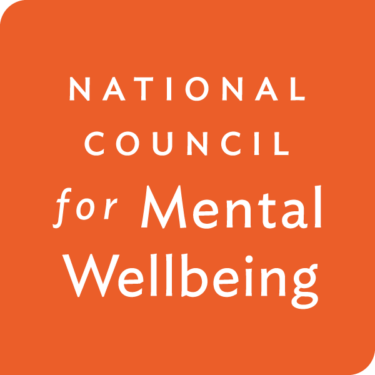High caseloads. Shifting roles. New expectations. How do behavioral health staff providing direct care and their supervisors manage constant change and stressful environments?
As the behavioral health field dramatically shifts, case management staff face real people with real needs while criteria for services get tighter and community resources are fewer and farther between.
As a field, we haven’t really come to terms with how to stratify need, including the social determinants of health, and so direct care staff are caught in this dilemma. Many organizations are facing the challenge of dramatically increased caseloads and stagnant resources. In one state, an organization had moved from a traditional case management model to a care management model with a resulting 250 percent increase in caseload (from 40 patients to 100).
That is simultaneously staggering…and not surprising.
Clinicians on this team were serving the same type of client they had always served, but were required to serve a lot more of them. Although external role expectations had changed, staff hadn’t changed their understanding of their role or their tactics for responding to the human need in front of them. The organizational leaders recognized the caseloads were too high and were recruiting staff to help, but that takes time. Even with new staff on board, people will still need support to shift to a new role.
In this circumstance and many others like it around the country, staff begin to feel paralyzed, overwhelmed and unable to think productively about change. It is in that moment that it is important to help them explore ways to reconnect to their passion and learn the new skills they need to shift to a new role.
That is why I am so passionate about the work my team and I are doing as part of the National Council’s Case Management to Care Management training. During this training, which equips case managers with the expanded skills they need to help the people they serve navigate the new health care marketplace and manage their whole health needs, we ask staff to hit the “pause” button for the day. What happens if they can actively reflect on their jobs and consider what is possible? Sometimes their situation can be dramatically improved through a few simple shifts in paradigm.
In Ohio, at a recent training for supervisors, we talked about the critical role supervisors play in supporting practice change. The discussion centered on how hard it is as a supervisor to help staff move forward with new practices when you are just figuring them out yourself. Many struggle with finding the balance between pushing for change and knowing when to allow time for adjustment to change. Supervisors are caught between moving toward a whole health, wellness, recovery and resilience model while focusing on outcomes and the realities of limited staff, community resources and overwhelming need.
As our field shifts to a focus on data-driven care with measurable outcomes, and coordinated care, a huge change for direct care staff is the focus on supporting health behavior change.
We say, who better than the behavioral health workforce to support change in health behavior?
We are experts at helping people find ways to live in the community in the face of potentially disabling symptoms and economic challenges. However, we often don’t recognize how successful we are, or that those same skills can transfer to the whole health model of care: helping someone manage both physical health issues and address some of the accompanying lifestyle changes that are needed.
At a recent training, this issue came up in a heated way. “But people don’t want to change, they don’t care about their health, how can we motivate people who are unmotivated?” Rather than put the question in a “parking lot” and move ahead with the established curriculum, we dug into this pressing question for the training participants. Together we explored times when they had experienced personal success with change, seen people they served change or were able to tap into that spark in someone who had previously seemed “unmotivated.” By the end of the afternoon, we hadn’t changed the world, the fact that care management is challenging or that change is hard and slow (most of the time). But we had identified strategies and developed a plan for how this group might work together as a team and support each other’s learning.
Upgrading case managers’ skills gives behavioral health organizations a competitive edge in promoting services across the health care system. One person, one team, one organization at a time — leveraging their own resources, working at what can be changed — we have more power than we know.




